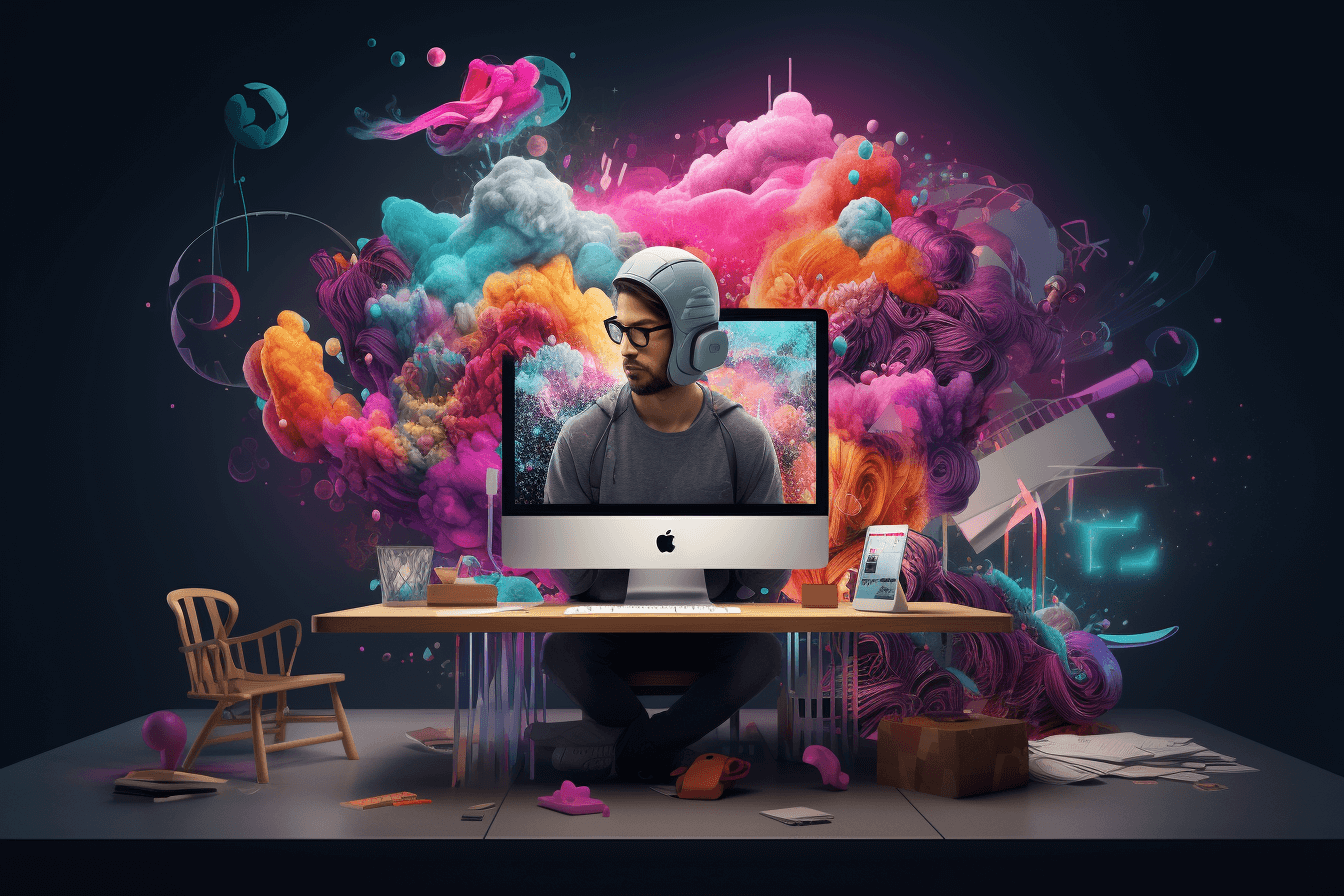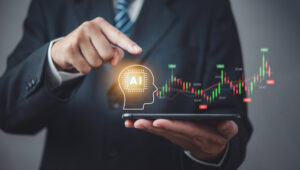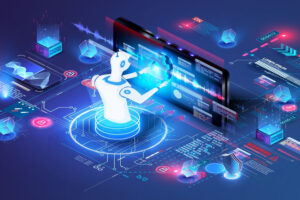In today’s rapidly evolving digital landscape, AI is revolutionizing the way design teams collaborate. The integration of artificial intelligence tools into creative workflows is transforming design processes, enabling teams to work more efficiently and creatively. Understanding how AI improves design collaboration is crucial for digital creators aiming to enhance their productivity and innovation.

The Role of AI in Modern Design
Artificial Intelligence is no longer a futuristic concept; it is a present-day reality that is reshaping industries, including design. From automating mundane tasks to providing insightful analytics, AI is a powerful ally in the creative process. By embracing AI, designers can focus on what they do best: creating.
Automating Routine Tasks
One of the most significant advantages of AI in design is its ability to automate repetitive tasks. This includes elements like resizing images, color correction, and even generating design variations. By reducing the time spent on these tasks, designers can allocate more time to the creative aspects of their projects.
Enhancing Creativity
AI is not just about efficiency; it’s also about augmenting creativity. Tools powered by AI can provide inspiration by suggesting design elements that align with the project’s goals. This not only enhances the creative output but also fosters a more collaborative environment where ideas can flow freely.
Facilitating Better Communication
Effective communication is the cornerstone of successful design collaboration. AI tools can analyze communication patterns and suggest improvements, ensuring that all team members are on the same page. This leads to fewer misunderstandings and a more cohesive design process.
Real-time Feedback
AI can provide real-time feedback on designs, offering suggestions for improvements based on data and trends. This immediate input helps teams make informed decisions quickly, reducing the time to market and improving overall project outcomes.
Language Translation
In global teams, language barriers can hinder collaboration. AI-powered translation tools ensure that all team members can communicate effectively, regardless of their native language. This inclusivity fosters a more diverse and innovative design process.
Streamlining Project Management
Project management is a critical aspect of design collaboration. AI tools like AI plugins for graphic software can help track project progress, allocate resources efficiently, and predict potential bottlenecks. This proactive approach prevents delays and ensures that projects stay on track.
Resource Allocation
AI can analyze project requirements and suggest optimal resource allocation. This ensures that each team member’s skills are utilized effectively, leading to a more balanced workload and higher productivity.
Predictive Analytics
By analyzing past projects, AI can predict future challenges and suggest strategies to overcome them. This foresight enables teams to plan better and avoid common pitfalls, ultimately leading to more successful outcomes.
Improving Design Quality
AI enhances design quality by providing data-driven insights that inform design decisions. Tools that analyze user interactions and preferences can suggest design elements that resonate with the target audience, ensuring that the end product meets user expectations.
User-Centric Design
AI tools can analyze user data to provide insights into user preferences and behaviors. This information helps designers create user-centric designs that are more likely to engage and delight the target audience.
Data-Driven Decisions
Design decisions backed by data are more likely to succeed. AI tools provide the data needed to make informed design choices, reducing the risk of design failures and increasing the likelihood of project success.
Conclusion
In conclusion, AI improves design collaboration by automating routine tasks, enhancing creativity, facilitating communication, streamlining project management, and improving design quality. For digital creators, leveraging AI tools is essential to staying competitive in today’s fast-paced design landscape. By embracing these technologies, design teams can work more efficiently and creatively, ultimately delivering better results for their clients.

FAQs
How does AI automate design tasks?
AI automates design tasks by using algorithms to perform repetitive tasks like resizing images and color correction, allowing designers to focus on creative elements.
Can AI enhance creativity in design?
Yes, AI enhances creativity by suggesting design elements and providing inspiration that aligns with project goals, fostering a more collaborative environment.
How does AI improve communication in design teams?
AI improves communication by analyzing patterns and offering real-time feedback, ensuring that team members are aligned and reducing misunderstandings.
For more insights into the impact of AI on design, visit Creative Boom.







